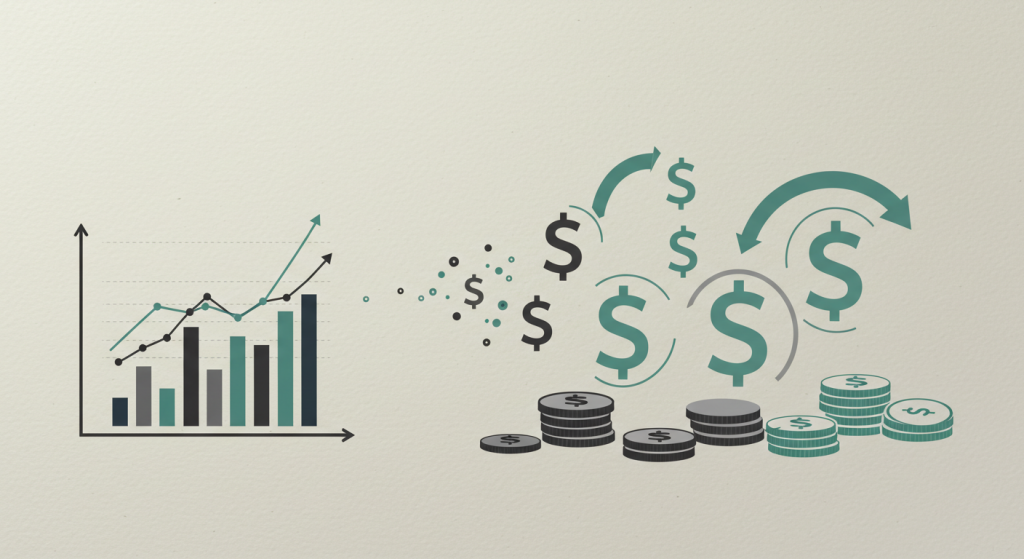
In the fast-paced world of digital advertising, programmatic marketing has become a game-changer. It allows businesses to buy and sell ad space in real-time, delivering highly targeted ads to the right audience at the right time. At the heart of this strategy lies bidding optimization—a crucial process that determines how much advertisers should bid for ad placements. With the integration of Artificial Intelligence (AI), predictive analytics has emerged as a powerful tool in enhancing bidding strategies, maximizing return on investment (ROI), and improving overall campaign performance.
Understanding Predictive Analytics in Programmatic Bidding
Predictive analytics leverages historical data, machine learning algorithms, and statistical models to forecast future outcomes. In the context of programmatic bidding, predictive analytics can analyze past campaign performance, user behavior patterns, and market trends to make informed predictions about bid values. These insights help advertisers make data-driven decisions, avoiding guesswork and enhancing bidding precision.
For example, an AI-powered predictive model can assess which ad impressions are most likely to lead to conversions. By analyzing variables such as user demographics, browsing history, and contextual data, the model can predict the optimal bid for each impression. This level of granularity ensures that advertisers do not overbid on low-value impressions or underbid on high-potential opportunities.
How Predictive Analytics Enhances Bidding Strategies
- Dynamic Bid Adjustments: One of the primary benefits of predictive analytics is its ability to enable dynamic bidding. AI algorithms continuously monitor market conditions and user interactions, allowing bid adjustments in real-time. If an impression has a high probability of conversion, the system can automatically increase the bid to secure the placement.
- Audience Segmentation: Predictive analytics can identify specific audience segments that respond well to particular ads. This allows advertisers to focus their bids on high-intent users, improving click-through rates (CTR) and conversion rates.
- Budget Optimization: By predicting which bids are likely to generate the best results, AI systems can allocate budgets more efficiently. Advertisers can avoid overspending on ineffective placements and ensure their budget is directed toward high-performing opportunities.
- Reducing Ad Spend Waste: Predictive models help minimize waste by filtering out low-value impressions. This results in a higher return on ad spend (ROAS) and improved campaign efficiency.
How to Spot Impact: An (Example) Success Story
A fake leading e-commerce brand recently implemented predictive analytics in its programmatic bidding strategy. By leveraging AI-driven insights, the brand optimized its bids based on predicted conversion rates and audience behavior.
First, the brand integrated a predictive analytics platform that analyzed historical sales data and user interactions. The AI model identified key patterns in purchasing behavior, such as the times of day when conversions were highest and which demographics were most likely to buy specific products. Using this information, the brand’s programmatic bidding system automatically adjusted bids to prioritize high-value impressions during peak times and for targeted audiences.
Additionally, the predictive model enabled the brand to fine-tune its ad creatives. By recognizing which ad elements resonated most with different audience segments, the marketing team tailored their ads to improve engagement and conversion rates. This holistic approach—combining predictive bidding strategies with optimized ad content—led to a remarkable 25% increase in conversions and a 15% reduction in ad spend without compromising reach.
The Future of Bidding Optimization with AI
As AI technology continues to advance, predictive analytics will play an even more significant role in programmatic bidding. Future developments may include enhanced personalization, where bidding strategies are tailored to individual users in real-time. Additionally, AI-driven predictive models could integrate external factors such as economic trends and seasonality to refine bidding decisions further.
Predictive analytics is revolutionizing programmatic marketing by providing advertisers with the tools needed to optimize bidding strategies effectively. By making data-driven decisions, businesses can maximize their advertising ROI, reduce waste, and deliver highly relevant ads to their target audiences. As the digital advertising landscape evolves, embracing AI-powered predictive analytics will become essential for brands looking to stay competitive and achieve sustained growth.

Leave a Reply